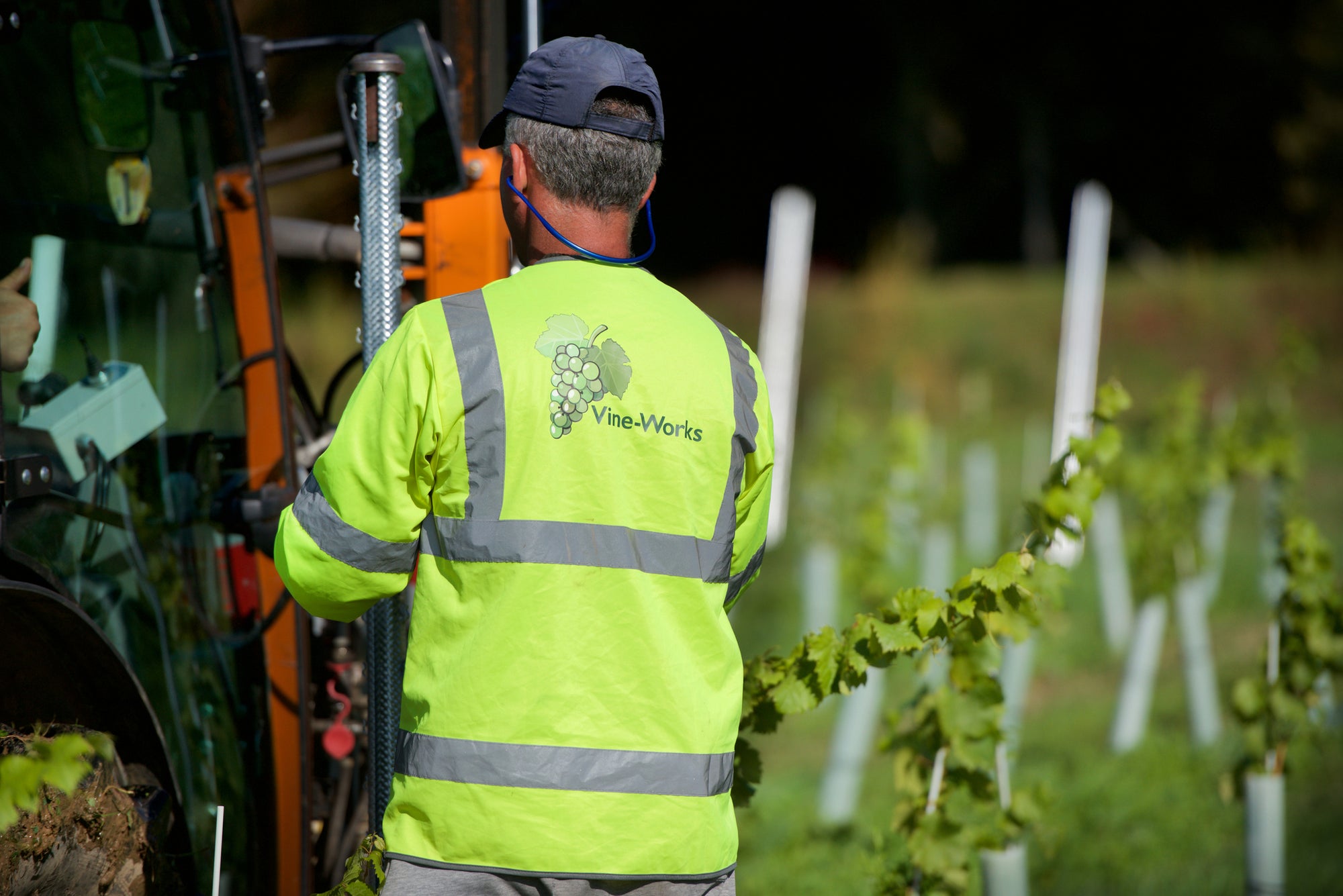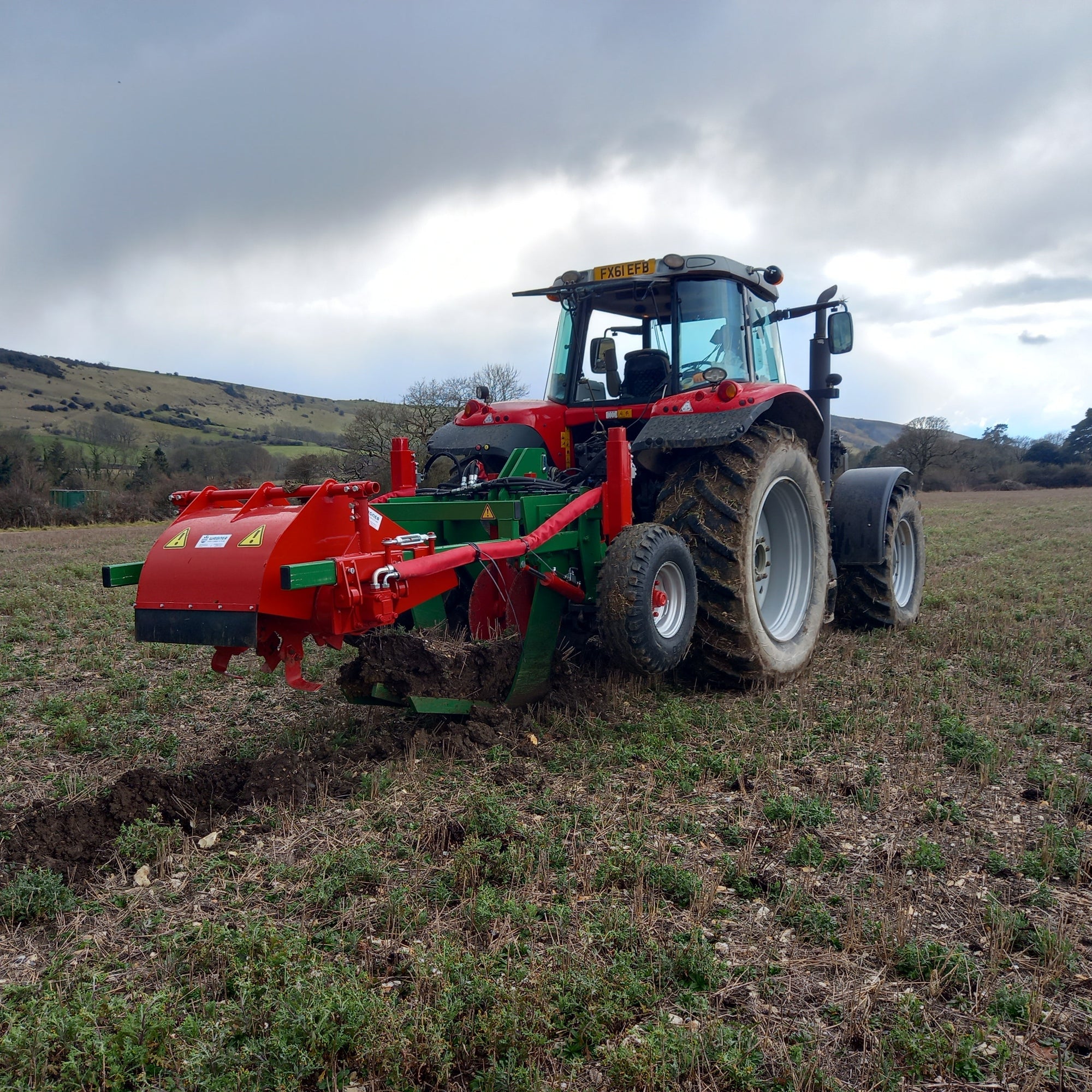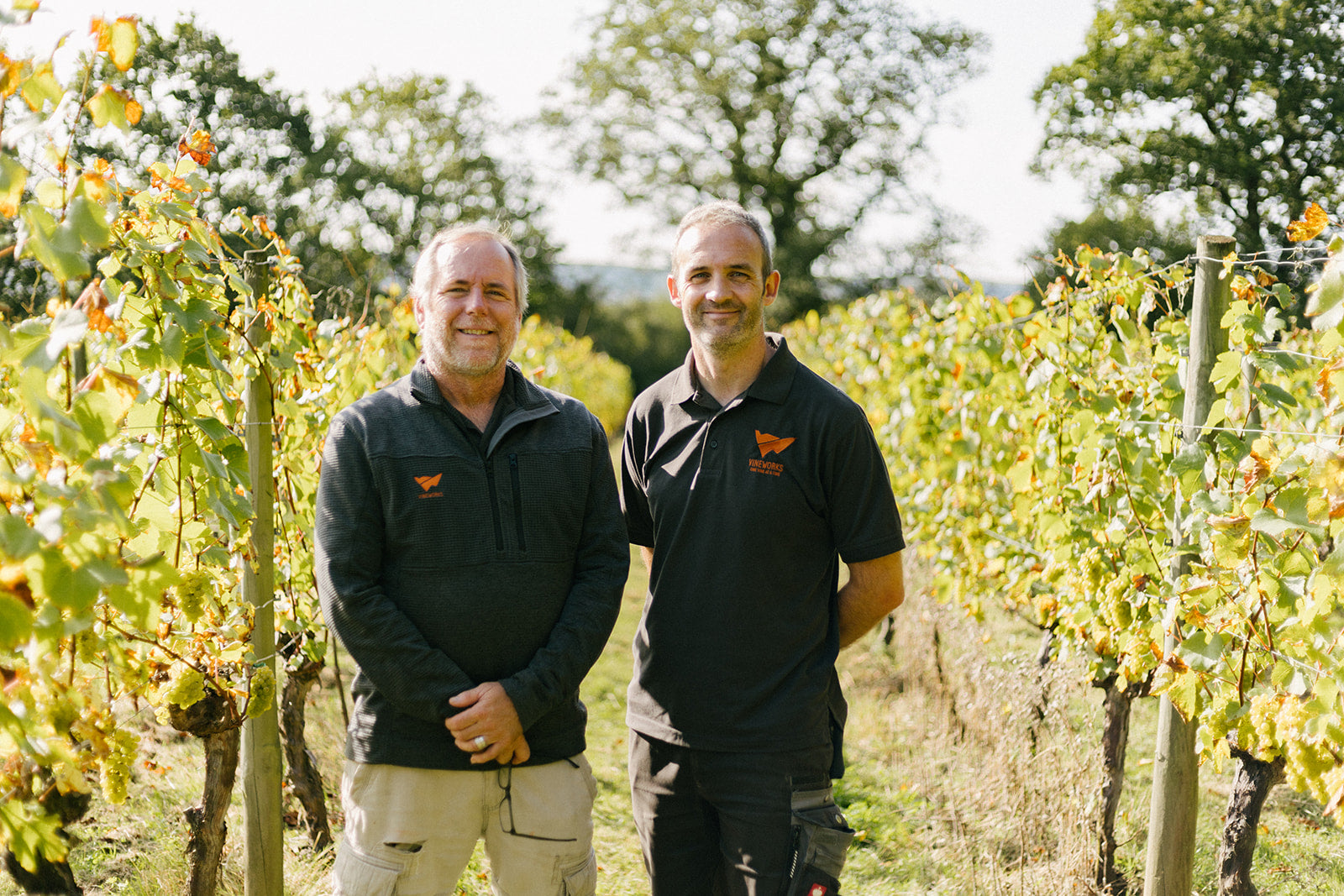

HADLEY & VINEWORKS: AN INSIGHT INTO THE CURRENT GLOBAL STEEL MARKET & HOW IT AFFECTS VITICULTURE
As the steel prices around the world continue to rise the direct impact on new vineyard establishment, particularly trellising costs, has doubled. Recently, I had an opportunity to discuss with Hadley’s Steve Bailey, our metal post supplier, what his view is on why we are in this situation and if this is just a blip in the market, or are we expected to live with high prices into the 2022 planting and establishment season.
Hadley Group
“As we move into the second half of 2021, we are now seeing record prices for Hot Dipped Galvanised steel in the UK and Europe, exceeding the previous highs in 2008 and 2011. At present there seems no reason why prices would fall and, in all probability, prices will continue to rise over the next few months and remain around this level as we move into 2022.
When looking at why the prices have risen so high, historically, the first likely culprit has always been raw material. Whilst Iron Ore prices are at record levels, the data suggests, that the majority of the price increase is as a result of supply shortage globally, combined with low output from the steel mills during 2020.
The reason for this supply shortage can be traced back to April 2020 and the first wave of Covid-19, when the supply chains were full and visibility of future demand was hazy at best. During this initial period, the major concerns of businesses in the steel supply chain were cash flow and how to manage the flow of material. This material had been ordered several months earlier, but now had no obvious outlets, at least in the short term. Based on that scenario, very little steel was purchased between April and the start of September 2020 and as a result, understandably the European Mills idled a significant number of Blast Furnaces.
By September 2020, it was clear that demand was robust, at around 95% of previous levels and that due to the lack of purchases over the previous five months, very little material was arriving and supply chain stocks of various steel products were dropping at a rapid rate. At this point purchasing restarted, however, as a large number of blast furnaces in Europe were still out of operation, availability was poor and lead-times were significantly longer than usual.
With this position, the usual solution would be to increase the volume of imported material to plug this supply gap. However, due to a combination of robust global demand (especially in Asia) and resulting high prices, in addition to a strict EU import quota system, that option was limited and end users were forced back towards EU mills. The Mills then saw an opportunity to increase prices considerably, which was seen in Q4 2020 and early Q1 2021.
As at the start of March 2021, the stock position is now perilous, with 33-year lows being reported in Germany and whilst several Steel Mills have now relit furnaces, the increased production is still not even keeping up with existing demand, let alone replenishing the supply chains. In addition, the announcements from the EU, US and Chinese governments of significant stimulation packages, will no doubt increase demand further.
Therefore, based on the above, the probability of price reductions in the near future is very low and price increases must be expected throughout 2021, with downstream steel users seeing high prices at least through to the end of Q1 2022. The outlook at best is that prices will stabilise around this level but second guessing this is almost impossible so as a business we are concentrating on being able to get the necessary steel to maintain supplies to our customer base. Price is important but not as important as having steel to make the products we supply.”
VineWorks
Our position as end product purchasers is that we remain loyal to our preferred suppliers and will only source the highest quality products, but as trellising represents close to 50% of the entire vineyard establishment budget, the sustainability of future projects will be impacted greatly if we are unable to get these costs back to, or close to normal. Our view is to continue to monitor the steel market and purchase raw material when the price is suitable for everyone. Production lead-times remain slightly lengthier so make sure you submit your enquiries early.



